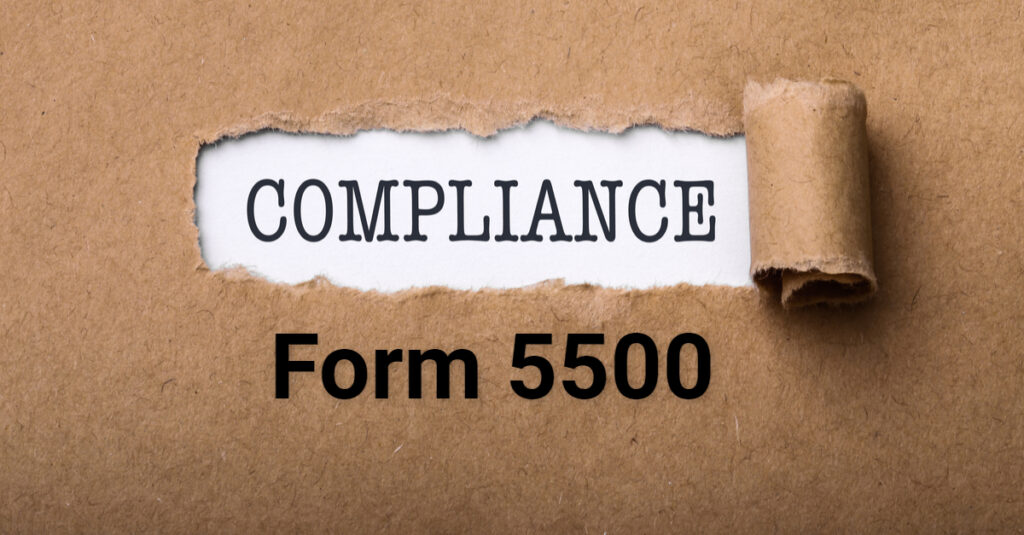Employee benefit plans are a valuable tool for attracting and retaining talent. But managing the associated paperwork can be a headache, especially when it comes to Form 5500.

What is Form 5500?
Form 5500 is an annual report required by the Internal Revenue Service (IRS) for most employee benefit plans in the United States. It serves two key purposes:
- Informs the Government: Form 5500 provides the IRS with information about your plan’s financial health, participant activity, and administrative processes.
- Ensures Transparency: The form also helps ensure participants are aware of the plan’s operation and their vested benefits.
Understanding the Different Forms
There are two main versions of Form 5500:
- Short Form (Form 5500-SF): This simplified version is generally for smaller plans with fewer than 100 participants.
- Long Form (Form 5500): This more comprehensive version is required for larger plans and certain welfare benefit plans.
New Form 5500 Guidance
For 2023, the Department of Labor (DOL) revised Form 5500 instructions and how plan sponsors should count participants to determine if they qualify for the simplified Form 5500-SF Reporting for Small Plans. The DOL fact sheet on the changes for the 2023 Form 500 and Form 5500-SF Annual Reports can be found here.
This fact sheet outlines the two major changes:
- Defined Contribution Group (DCG) Reporting Arrangements: This allows certain groups of defined contribution plans to file a single consolidated report instead of individual forms for each plan.
- Participant Counting for Audits: The way defined contribution plans determine if an audit is required based on participant count has changed. Now, generally, only participants with a balance at the beginning of the plan year are counted. This is effective immediately for plan years beginning on or after January 1, 2023. It is important to note filings for plan years beginning prior to January 1, 2023, must follow the old participant count methodology, which includes participants that are eligible but not participating.
Who Needs an Audit?
If your plan has 100 or more participant accounts at the beginning of the plan year, you’ll likely need an independent audit by a Certified Public Accountant (CPA). Recent changes, however, have modified participant counting rules so a plan with 100 participants may not automatically be subject to annual audits.
We’re Here to Help
By working with a trusted CPA firm like DK, you can ensure your employee benefit plans are compliant and well-managed, allowing you to focus on what matters most – running your business. Reach out to your DK professional to determine your specific audit requirement.